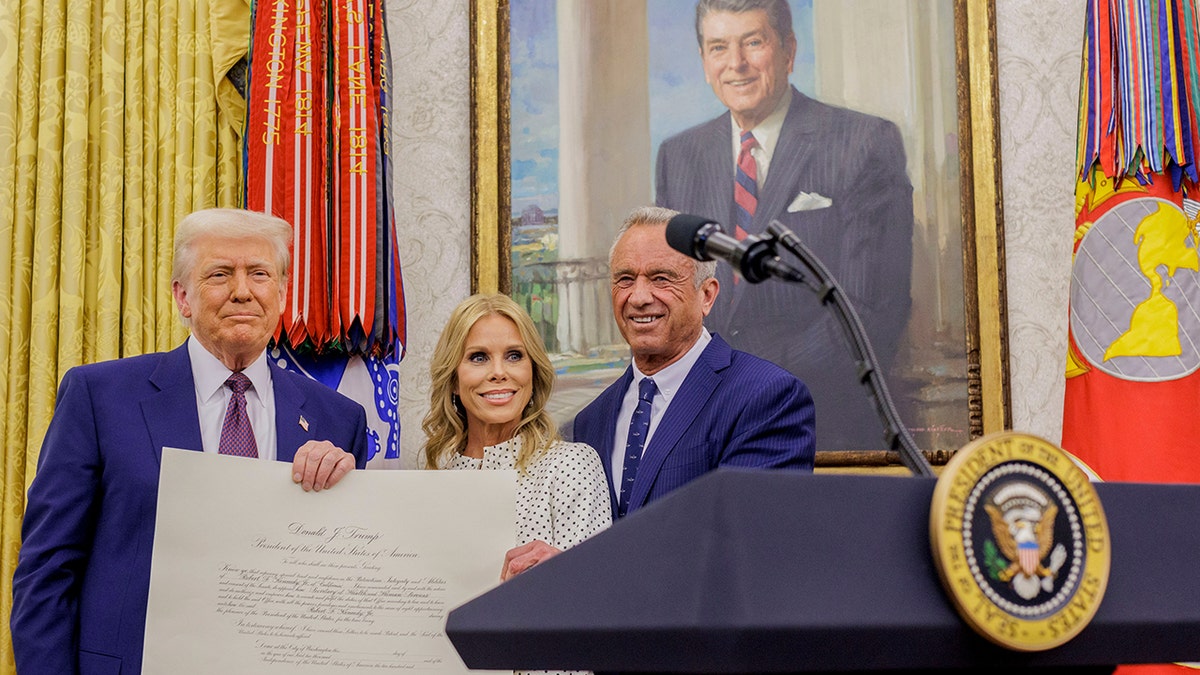Alabama legislators faced a Friday deadline to redraw congressional districts to enhance Black voter representation, but demonstrated reluctance to create a district with the Black voter proportion recommended by the courts.
The Republican-dominated state House and Senate convened Friday, potentially reaching an agreement to increase the Black voter percentage in southeast Alabama’s 2nd District. However, analysts indicate that the two current GOP proposals do not meet the Supreme Court's legal requirements outlined last month. Neither plan approaches establishing a second Black-majority district in a state where 27% of the population is Black. Both maintain the existing Black majority in the 7th District.
A key GOP lawmaker stated that the Senate's proposal prioritizes district shape and community cohesion over racial demographics. This Alabama debate has national implications and could influence similar disputes in Louisiana, Georgia, Texas, and other states.
In 2022, a three-judge panel ruled that the existing legislative map likely infringes upon the Voting Rights Act, mandating a map with two districts where "Black voters either constitute a voting-age majority or something very close to it." The Supreme Court upheld this decision.
Kareem Crayton, senior director for voting and representation at NYU’s Brennan Center for Justice, criticized the legislature for seemingly ignoring the court’s ruling. The Brennan Center supported the plaintiffs before the Supreme Court.

An Alabama Senate committee discusses a proposal to draw new congressional district lines on July 20, 2023, in Montgomery. (AP Photo/Kim Chandler)
An Associated Press analysis using redistricting software revealed that the senators' proposed 2nd District, with a 38% Black voting-age population, has consistently seen Republican victories in recent elections. The House proposal, with a 42% Black voting-age population, is more evenly split but could still suppress Black voter preferences. The plaintiffs who prevailed in the Supreme Court case have pledged to challenge either proposal if adopted, emphasizing the importance of increased Black representation for meaningful voting power.
A central question is whether to incorporate sections of Mobile and Dothan to add their Black voters to a second Black-majority district, as suggested by the plaintiffs. Senate President Pro Tem Greg Reed, a Republican, explained that the Senate plan prioritizes community integrity and district compactness over Black voting-age population.
Reed indicated that the House's 42% Black voter figure in the second district is likely the highest lawmakers will accept. He stated that the House and Senate would aim for a compromise through a conference committee. Redistricting experts, however, argue that this is insufficient given the stark racial divide among Alabama voters. Charles Bullock, a University of Georgia political scientist, predicted that the three-judge panel would ultimately draw its own map.
Senate Minority Leader Bobby Singleton, a Democrat, criticized the Senate's proposed 2nd District as inadequate for providing the opportunity envisioned by the court. Republican lawmakers hope to justify their focus on compactness and community unity in court, potentially seeking further litigation to avoid a map that yields a second Democratic congressional district in Alabama.
Bullock and Crayton expressed doubt that the Supreme Court would reverse its ruling, noting that federal courts downplay compactness and community preservation in redistricting. Crayton called these arguments "silly." Bullock suggested that Republicans may anticipate losing the legal battle but are unwilling to vote for a plan that jeopardizes a Republican incumbent. He posited that they may prefer to let the courts bear the responsibility for the outcome.








